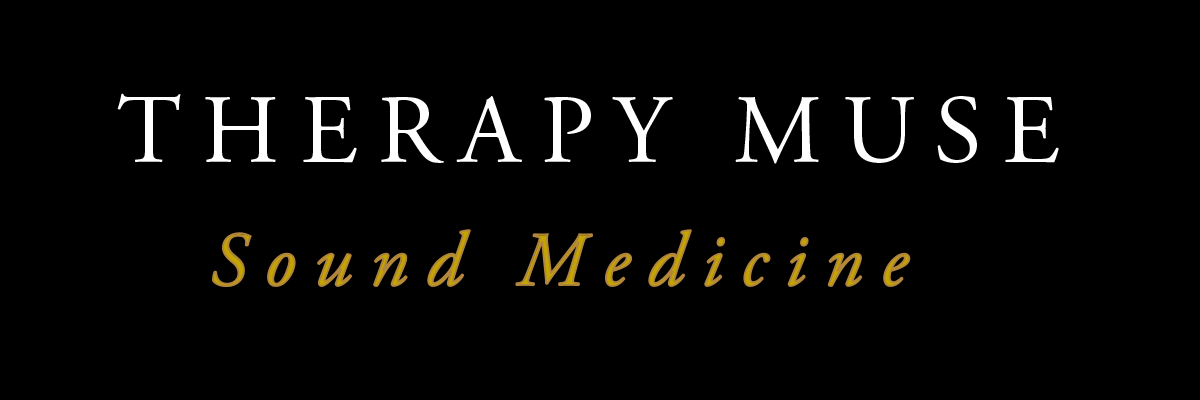The Colors of Noise
Did You know that noise is color coded?
Did you know that noise is color coded? We are all familiar with white noise. In areas of the world that use air conditioning and heat white noise is ubiquitous. It is the sound of air being sucked into intake filters and expelled through cooling vents. But white noise is rarely truly ‘white.’ Just as white light contains all colors, white noise contains all frequencies. If you listen intently to white noise you may be able to pick out some elements that are almost tonal, elements that color the white like someone has put a dirty paint brush in the white paint pot.
The fundamentals of the physics of sound waves break down into two factors. Frequency is the number of times the wave passes a given point in a second (measured in Hertz.) We experience this as pitch. Amplitude is how powerful the wave is (measured in Decibels.) We experience this as loudness. The color elements are both frequency and amplitude related.
White noise is an equal amplitude signal firing randomly across the entire audible spectrum from 20 Hz to 20,000 Hz. The definition of colored or ‘spectral noise’ is “any noise that does not have all audio frequencies represented in nearly equal intensities, but instead has a very loosely defined pitch center caused by emphasis of some frequency range or ranges.” - The Physics of Sound https://www.amazon.com/Physics-Sound-3rd-Richard-Berg/dp/0131457896
The other colors of noise have the same quality as white noise but more power or amplitude at defined frequency ranges. Next to white noise, pink noise is the most researched, particularly as a sleep aid.
https://pubmed.ncbi.nlm.nih.gov/22726808/
Most commercial white noise machines are actually producing pink noise. This can be characterized as the sound of a steady rain. You are picking up the swoosh sound of the water falling but also a faint echo of the drumming sound of the rain’s impact. Pink noise has a unique power differential in that as the amplitude is turned up the relative strength of the higher ‘hiss’ frequencies are turned down. The sound of pink noise has more lower midrange content and sounds less harsh than white noise. The sound in a plane cabin is pink noise. Pink noise is more appealing to humans because the power differential matches the way the human ear works. Our ears favor a certain frequency range up to 4,000 Hz, the range of human language. We are especially attuned to the sound range of a human baby crying.
Blue noise is the mirror opposite of pink noise in that its power spectrum increases as the frequency goes up. It can sound like hissing water without much lower sound present. Blue noise is offered on some sleep apps, though there is no research on this color of noise at this time.
Brown Noise has an even deeper sound than pink noise and is prevalent in nature in the form of waterfalls and ocean waves. It is characterized by the roar of rushing water. Although Brown noise is given a color like pink and white noise, it is actually named after a Scottish botanist, Robert Brown. The random motion of water in a stream exhibits a quality called Brownian motion.
Robert Brown noticed the random motion of pollen floating in suspension in water. He was unable to explain this phenomenon, but since he dutifully recorded it, the motion was named after him. This random, fractal noise has gained a huge following on TikTok and YouTube and numerous sleep apps. Because the lower frequency range of brown noise suits the human hearing mechanism, it is perceived as more relaxing. The added element of Brownian motion adds random fractal variance that we also find restful when we encounter such sound in nature.
A new category of Noise called Green noise has recently been coined to describe a type of noise that is particularly strong in the midrange frequencies. This form spectral noise has become popular on YouTube and sleep apps. Green noise can be characterized as naturally derived sound centered around 500 Hz It is strong in the sweet spot of human hearing and also works well with portable devices since cell phones and tablets do not reproduce the lower end of brown noise. the sound of wind blowing through trees is a natural source of green noise. While there is variation in frequency caused by the wind strength and the size and density of the trees, it is generally in the range of 500 Hz to 2 kHz.
Until recently noise was considered a discordant element that ranged from nuisance to dangerous. Noise is something recording engineers filter out and factory workers protect themselves from. However new research and abundant anecdotal evidence is showing there is more to noise than annoyance. In the right configuration ‘spectral noise’ can soothe, calm and mask unwanted external sound creating an even ambient environment for sleep and relaxation.
A short comparison of noises commonly used for masking and sleep.

